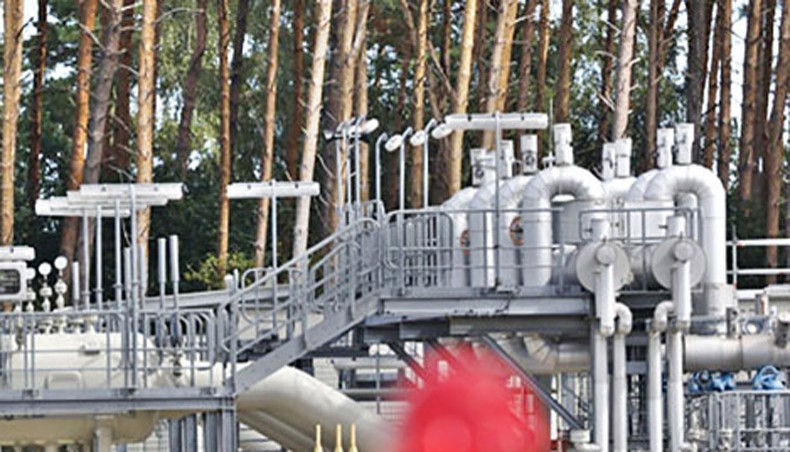
Aug 3, 2025
| Editorial | The Financial Express
Natural gas has been the lifeblood of Bangladesh's energy security since the '60s of the last century when a global energy giant, Shell Oil, first hit upon five major gas fields in this part of the world. Since then, the country has been considered a gas-rich nation. Later, in 1997, Chevron discovered the Bibiyana gas field in Habiganj. According to Petrobangla, the state-owned oil, gas and mineral exploration and distribution company, Bangladesh has 22 onshore gas blocks, of which 11 have never been explored. In addition, it has also 26 offshore gas blocks in the Bay of Bengal, divided into 11 shallow-sea blocks and 15 deep-sea blocks, which may be contracted out to international gas and oil exploration companies. But so far, response from the foreign companies has been rather lukewarm as was demonstrated by their lack of response to the international tender the government floated to this effect in March last year. The apparent reason for such disinterest was centred, reportedly, around unattractive gas price offer, lack of dependable survey data on potential gas reserves on the seabed, absence of necessary infrastructure (rigs, pipelines, etc.), and so on.
Against this backdrop, according to reports, country's gas production capacity from the existing wells has been declining fast and has come down to 1800 million cubic feet per day (mmcfd). At the current rate of consumption, the remaining gas reserve of less than 9 trillion cubit feet (Tcf) will be exhausted by 2030, experts hold. Since 2018, Bangladesh has also been buying Liquified Natural Gas (LNG) from overseas, mostly from Middle Eastern countries like Qatar and Oman as well from international spot markets to meet the demand and supply gap. This cannot be a feasible option for the country's energy security indefinitely. Meanwhile, at a recent discussion on energy security, it was revealed that the subsidy the government has been providing for LNG purchase surged to Tk 89 billion in FY 25. This amounts to a year-on-year increase by more than 48 per cent. According to an estimate, since the procurement of LNG from international markets started in 2018, the country has so far spent over Tk.367 billion.
Under any circumstances, the government should refocus on exploring gas at home. Exploration work for the idle onshore blocks can well be taken up on this score. In this connection, the interim government is learnt to have been prioritizing domestic gas production through drilling and workover of existing gas wells. To this end, it is reported to be working on drilling 100 wells and workover of 31 wells. And through all these efforts at exploration works and drilling, the government hopes to add 985 mmcfd to the national grid, while from workover wells between 400 and 500 mmcfd could be obtained. All these projections are based on drilling and workover of the onshore gas fields. Reworking of already explored gas fields has its limitations, too.
So, one wonders, why the government is not focusing its attention on the offshore gas blocks which may resolve the issue of nation's energy security. No doubt, exploration work and building the infrastructure for the offshore blocks are very capital-and-technology-intensive options. Those are hardly affordable for the government at present. International oil and gas giants can do the job. The point is to engage them in the actual work of exploration and development. Given the urgency, the government should reach deals with them based on the best incentives it can offer.
News Link: Resolving gas crunch issues